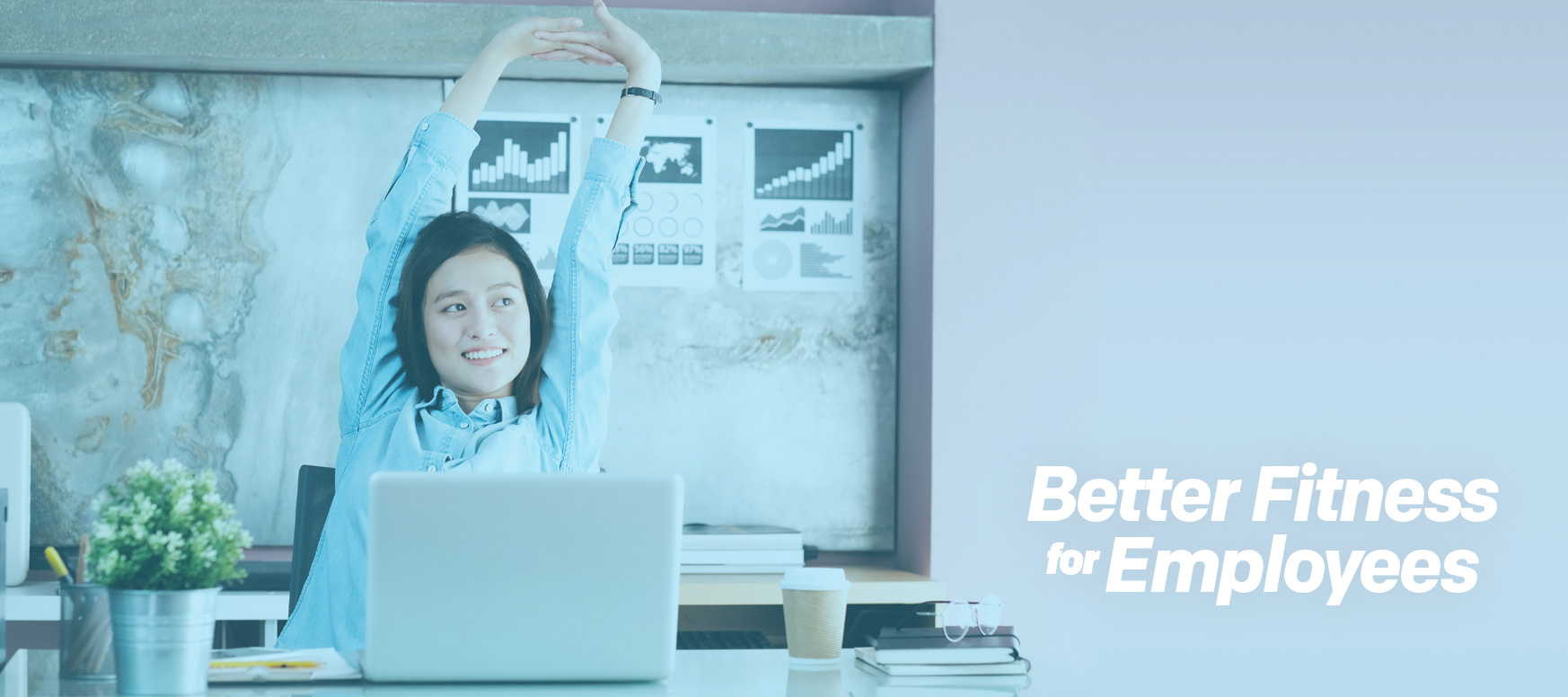Wellbeats Resolves to Make Fitness Easy for Employees

The dawning of a new year is the perfect time to make a fresh start, and chances are, many people in your office are using this opportunity to renew their commitment to fitness and a healthy lifestyle. They want to drop a few pounds, get stronger, or finally run the marathon they’ve been talking about. But when an estimated 80% of resolutions end in failure—including 46% within the first month—there’s also a pretty good chance many of those resolutions will fall by the wayside before March.

Source: liuzishan / iStock / Getty
That’s bad news for employers because as employee fitness improves, so does engagement in the workplace. And with presenteeism costing employers an estimated 58 days of productivity each year, boosting employee health and fitness can have a significant impact on the bottom line.
Employers understand this. According to the International Foundation of Employee Benefit Plans, more than 90% of employers have wellness budgets. And the Society for Human Resource Management found that nearly one-quarter of employers increased wellness offerings from 2016 to 2017, while only 3% reduced such offerings. While this is great news, offering wellness benefits doesn’t mean your employees will stay engaged. In other words, wellness benefits are more valuable if they change employee behaviors.
So, maybe this should be the year employers make some resolutions of their own. Employers are poised to help employees successfully manage their fitness at work and at home. Doing so doesn’t have to be complicated. By resolving to follow these three simple tips, you can help employees stick to their resolutions—or even set and achieve new goals they never thought were possible.
Tips
- Open it up. Motivation is a big part of maintaining an exercise plan. In the early days, small obstacles can loom like the Great Wall of China. Whether the drive to the gym is too long or there just isn’t time in between dinner and getting the kids ready for bed, people who are struggling to commit to an exercise plan will find any excuse for hitting the couch instead of the gym.For employers that want to encourage exercise, then, it’s important to remove barriers that might keep people from their workouts. Some employers offer reimbursement for health club memberships, but employees still need to get to the gym. Others offer fitness classes in the office, but that excludes the roughly 38% of people who work remotely. Thankfully, technology has delivered a solution in the form of virtual, on-demand fitness. When offered as part of a workplace well-being benefit, virtual fitness allows employees to stream workouts. They can stream wherever they have a screen and Internet access. That means people can work out in their own way and on their own terms.
- Break it up.Workouts don’t have to be hour-long sufferfests that leave employees drenched in sweat and looking for a shower. Sometimes, being fit means finding opportunities for movement throughout the day. For example, employees in service positions, transportation workers, or people who travel extensively for business can benefit from opportunities to get up, move, and stretch in short intervals in their work clothes, rather than participating in a 30-minute class.As an added benefit, those quick breaks can help employees refocus and stay sharp throughout the day. For their part, employers and managers need to let employees know it’s OK to take a fitness break during the workday. Or, better yet, provide them with exercises they can do at their desk or workstation.
- Mix it up.Offering a lunchtime yoga class is great, if all your employees are into yoga. More likely, though, you’ve got a workplace full of runners, walkers, swimmers, cyclists, climbers, weightlifters, and people who like to mix it up with a variety of workouts. With so many people accustomed to getting what they want on demand, one-size-fits-all is a thing of the past.While large companies can staff on-site fitness centers, that’s definitely not table stakes for employers that want to support employee well-being. If you can’t build a gym for employees, get creative and find a solution that gives people an easy-access option. Whether it’s starting a company softball team or running group, holding walking meetings, or setting up an indoor walking path…Work with what you have, and get creative.
New beginnings are on everyone’s mind this time of year. Employers and benefits professionals play an important role in helping turn good intentions into lasting, healthy outcomes.
To read the full article published in the HR Daily Advisor, click here.
Follow us on Facebook to stay up to date on everything Wellbeats, and learn more about us here.